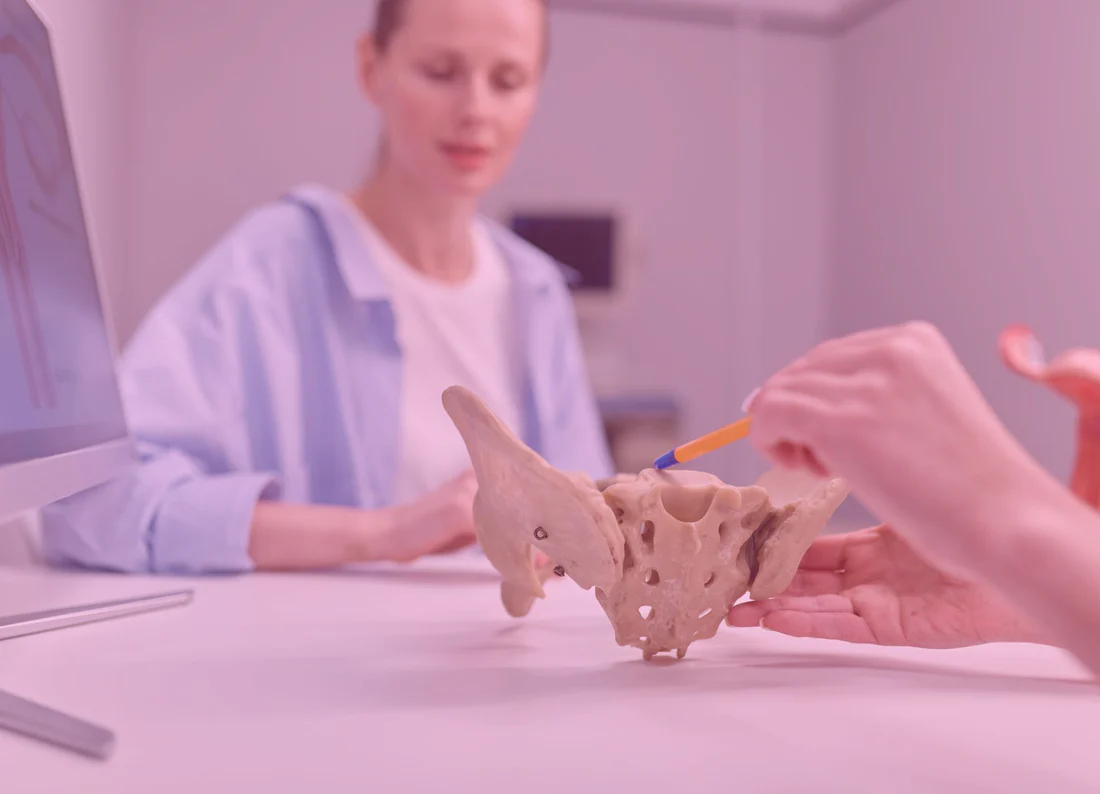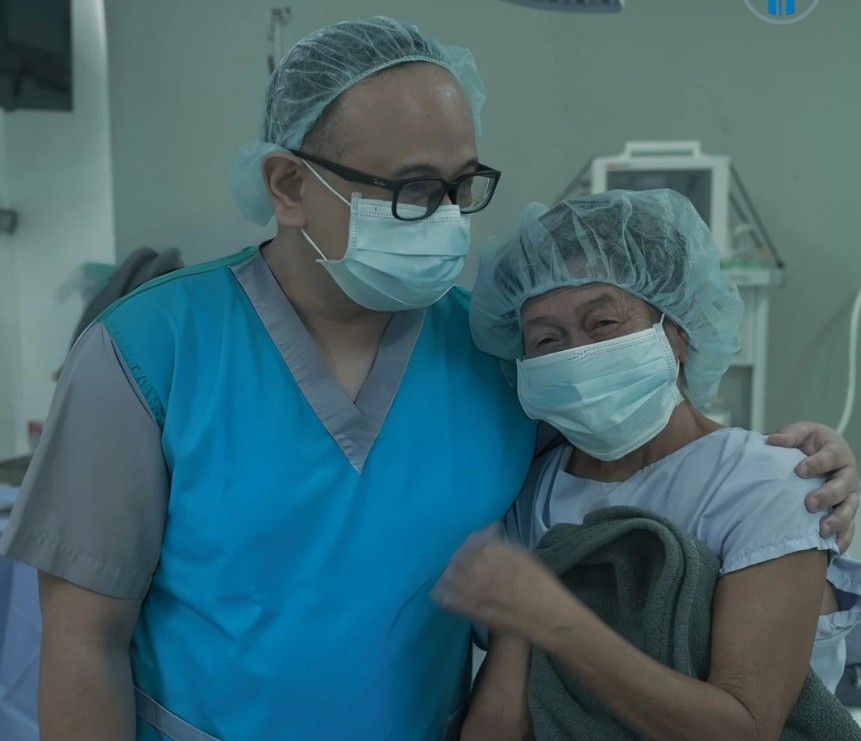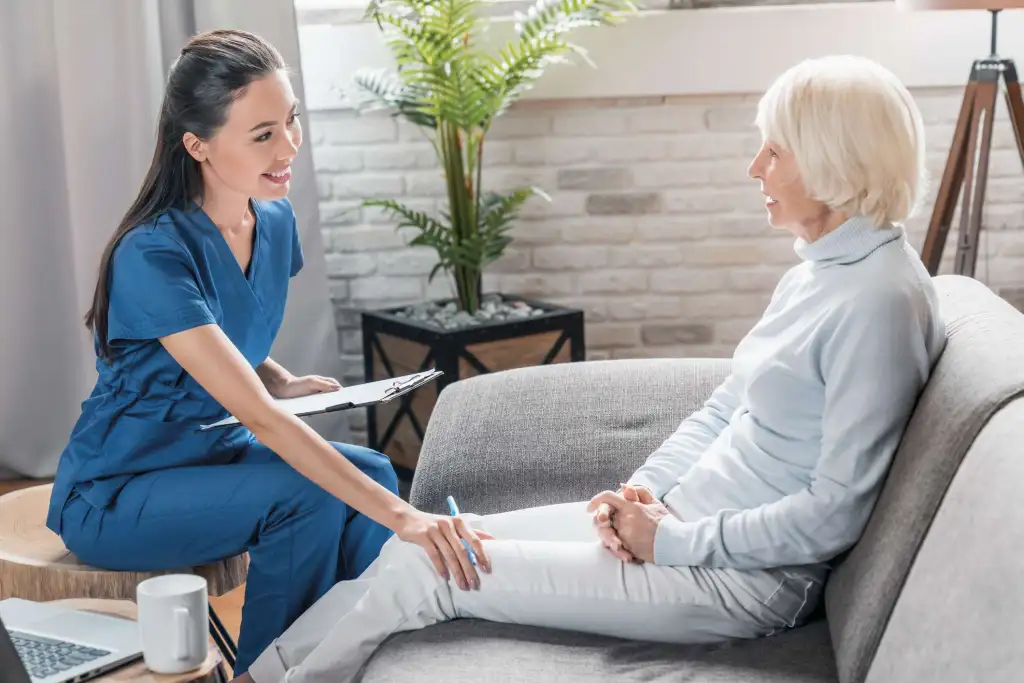Understanding Vaginismus: What It Is and Why It Happens
Vaginismus is a condition where the vaginal muscles tighten involuntarily, making penetration painful, difficult, or sometimes impossible. This happens even when a person wants to be intimate, which can be confusing and distressing. Vaginismus can occur in two forms: primary, which is present from a person’s first attempt at penetration, and secondary, which develops later in life after previous pain-free experiences. While many people assume it is purely a physical condition, vaginismus often involves both physical and psychological components. Some causes include fear of pain, past trauma, anxiety, relationship issues, or medical concerns such as infections or hormonal changes. Unfortunately, many people suffer silently due to shame or misinformation. Understanding that vaginismus is a common and treatable condition is the first step toward recovery.
Recognizing the Signs and Symptoms
One of the most recognizable signs of vaginismus is pain during attempted penetration, whether with a partner, a tampon, or even a medical examination. This pain may range from discomfort to severe tightness that makes penetration impossible. Some women describe the sensation as “hitting a wall,” while others experience burning or sharp pain. Beyond the physical symptoms, vaginismus often creates emotional responses such as anxiety, fear, embarrassment, or frustration. These emotions may lead to avoiding intimacy altogether, which can impact confidence and strain relationships. Some individuals may not even realize their symptoms have a name, attributing the pain to something else or believing it is their fault. Recognizing the signs and seeking help early can make treatment more straightforward. Importantly, vaginismus is not caused by lack of desire or attraction to a partner, but by involuntary muscle responses that require specific approaches to healing.
Medical Diagnosis and Professional Assessment
Seeking professional guidance is essential for effective vaginismus treatment. A gynecologist or pelvic health specialist will usually begin by taking a thorough medical history and asking questions about symptoms and sexual health. The goal of the assessment is not to cause discomfort but to help identify whether vaginismus is the underlying issue or if another condition is contributing. Doctors may use gentle examination techniques and will explain each step to ensure the patient feels safe and supported. It is also important to rule out other conditions that can cause painful intercourse, such as endometriosis, infections, or hormonal changes associated with menopause. In some cases, a multidisciplinary team may be involved, including physical therapists, sex therapists, or psychologists, to create a holistic treatment plan. Getting an accurate diagnosis provides reassurance that vaginismus is real, valid, and treatable. For many, this first step helps ease the isolation and confusion that often accompany the condition.
Treatment Approaches for Vaginismus
There are several effective treatment options available, and most involve a combination of methods. Pelvic floor physical therapy is one of the most recommended, as it teaches the muscles to relax and respond differently to penetration attempts. A therapist may guide patients through exercises that retrain the body, making intercourse more comfortable over time. Vaginal dilator therapy is another common approach, using medical-grade dilators of increasing sizes to gently desensitize and train the muscles. Cognitive-behavioral therapy (CBT) can help individuals work through fear, anxiety, or trauma that may be connected to the condition. For couples, sex therapy or counseling provides a safe space to improve intimacy, communication, and mutual understanding. In some cases, doctors may prescribe topical anesthetics or muscle relaxants, although these are typically used in combination with therapy rather than as standalone solutions. The most effective treatment plans are personalized, considering both the physical and emotional needs of the individual. Many people experience significant improvements with consistent effort and professional support.
At-Home Strategies That Support Recovery
In addition to professional treatment, certain at-home practices can support healing. Relaxation techniques such as deep breathing, meditation, or progressive muscle relaxation help reduce tension in the body and calm anxiety. Mindfulness practices can make individuals more aware of their body’s responses, improving control and comfort. Some healthcare professionals recommend practicing gentle pelvic floor exercises at home, focusing on relaxation rather than tightening. Using vaginal dilators with proper guidance can be incorporated into a home routine, allowing gradual desensitization in a private, safe environment. Journaling about feelings and progress can also provide emotional release and motivation during recovery. It is essential to approach these strategies with patience, as progress may be slow but meaningful over time. The key is consistency, persistence, and compassion for oneself during the process. Combining at-home strategies with professional care creates a strong foundation for lasting improvement.
Emotional and Relationship Support During Treatment
The emotional side of vaginismus is just as important to address as the physical. Many individuals with the condition feel guilt, shame, or fear that they are letting their partner down. Open and supportive communication can make a huge difference during treatment. Partners who show patience and empathy help reduce pressure, making intimacy feel safer and less stressful. Couples counseling or sex therapy can provide tools for navigating sensitive conversations, building trust, and finding ways to connect emotionally and physically without focusing solely on penetration. Support groups or online communities can also be powerful, offering encouragement and reducing feelings of isolation. For many, simply knowing they are not alone can relieve a heavy emotional burden. Healing vaginismus often strengthens relationships, as couples learn new ways of supporting each other and cultivating intimacy. Emotional well-being is a critical part of recovery, and nurturing it creates a positive environment for healing.
Long-Term Outlook: Restoring Confidence and Intimacy
The good news is that vaginismus is highly treatable, and many people go on to enjoy fulfilling and pain-free intimate lives. The timeline for recovery varies depending on the severity of the condition and the type of treatment pursued, but progress is possible for nearly everyone. Long-term success often comes from combining professional treatment, emotional support, and self-care practices. Preventing relapse may involve continuing relaxation exercises, occasional use of dilators, and ongoing open communication with partners. Beyond physical healing, successful vaginismus treatment can restore self-esteem, confidence, and trust in one’s body. Many individuals find their relationships improve as they feel more connected and less anxious about intimacy. Recognizing that healing is a journey rather than a race helps reduce pressure and encourages persistence. The outlook is positive, and with the right support, individuals can move forward with renewed confidence in their sexual health and relationships.
Frequently Asked Questions (FAQ)
Can vaginismus go away on its own?
In some rare cases, mild vaginismus may improve without treatment, but most people benefit from professional support. Targeted therapies help address both the physical and emotional aspects of the condition, making recovery more effective and lasting.
How long does vaginismus treatment take?
The length of treatment varies depending on individual circumstances. Some may see improvement within weeks, while others may take several months or longer. Consistency and following a professional’s guidance are key to progress.
Do I need to use vaginal dilators for treatment?
Vaginal dilators are a common and effective tool, but not everyone needs them. Treatment plans are personalized, and some individuals may benefit more from physical therapy or counseling. A healthcare provider can help determine the best approach.
Is vaginismus more common than people think?
Yes, vaginismus is more common than often discussed, but many people do not talk about it due to embarrassment or stigma. Increased awareness and open conversations are helping more individuals seek treatment.
Can I still have children if I have vaginismus?
Yes, many women with vaginismus can still have children. Treatment can make vaginal childbirth possible, and in some cases, medical professionals may suggest alternative birth methods depending on individual needs.







